Extreme weather on the increase
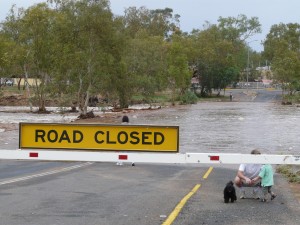
Experts say climate change is increasing the likelihood of extreme weather events. This shows flooding in Central Australia, 2008
Today is World Meteorological Day. An appropriate date to consider some of the findings reported at the Extreme Weather Congress which has been taking place in Hamburg over the last few days. Paul Becker, the President of Germany’s weather service, said extreme weather events here had more than tripled since the 1970s. Professor Peter Höppe from the German reinsurance group Munich Re explained how changes in the atmosphere played a role in bringing about this increase. And Professor Mojib Latif from the Helmholtz Centre for Ocean Research in Kiel told the conference climate change would continue, as current efforts to reduce CO2 emissions are insufficient. The 2° goal, he said, was only still possible in theory. Experts are calling for better preparedness for severe weather. I’d like to give you some links to English-language coverage of the conference findings, but there seems to be a shortage. German media have given some attention to the conference reporting the rising number of extreme weather events here, but not masses. Here’s hoping we’re not all getting so used to all this that people lose interest in reducing emissions and helping to stabilise the climate. Clearly, the impact hits developing countries harder. But we don’t need to wait for the next catastrophe before tackling the risks.
Climate change and the Arctic Treeline
A report released by Cambridge University suggests that the treeline in the Arctic is not moving northwards as fast as earlier studies have predicted. The report, published by Gareth Rees from the University’s Scott Polar Research Institute says the relationship between climate change and trees is more complex than previously thought.
Rees says the treeline is clearly moving north on average, but that he has not found evidence confirming other estimates that the treeline is moving north at as much as two kilometres a year. He says 100 metres per year is more realistic.
The study involves researchers in northern Europe, Canada, Alaska and Scandinavia.
More in Environmental Research Letters or in a summary on the Alaska Dispatch
OECD warns of rising sea levels and water shortages by 2050
There seems to be no shortage of warnings that we need drastic emissions cuts soon to halt climate change. This week the Organisation for Economic Cooperation and Development (OECD) brought out its Environmental Outlook to 2050. It confirms that if emissions keep rising as they forecast, the rise in the global temperature will be way above the two degrees target. This would spell disaster for a lot of low-lying coastal areas around the globe.
The trouble is people could get so used to hearing the warnings that they just switch off, especially if you’re living in an area where you don’t sense any immediate threat. But if you live in one of the Pacific island states like Kiribati, which has been in the news recently with its government considering moving the population to Fiji, this is already an existential problem. The highest point on these islands is just three metres above sea level.(See Climate Change and Kiribati).
The report also warns of acute water shortages in many regions of the world.
The prospects for the not-too-distant future are anything but confidence-inspiring, unless we make some drastic changes to our lifestyle and consumption – fast.
Greenland ice to melt completely with just 1.6° warming?
A new study by the Potsdam Institute for Climate Impact Research and the Universidad Complutense de Madrid indicates that Greenland’s ice sheet could be much more vulnerable to climate change than previously thought. It estimates the trigger for a complete melting of the ice sheet at somewhere between 0.8 and 3.2°C of global warming, with the most likely figure at 1.6°C. above temperatures before industrialisation. A O.8°C rise has already been registered. In the long term, a huge melting of land ice could result in major rises in sea level, which would threaten coastal and low-lying areas and the lives of millions of people. More on the DW environment website.
Protecting Arctic waters in a changing climate
I came across an interesting blog post by Lisa Speer, director of the International Oceans Program at the Natural Resources Defense Council. It’s an environment group dedicated to protecting natural resources and public health and has offices in the US and China.
She sets out four points to protect the Arctic: protecting key ecosystems to increase their resilience, strict “Arctic-specific” standards to regulate industrial activity, integrated ecosystem-based management and protection for the high seas of the Central Arctic Ocean, which lie outside the jurisdiction of any country. A lot of essentials in a readable nutshell (?)
See: Four Steps to Protect the Arctic, Our Final Ocean Frontier.




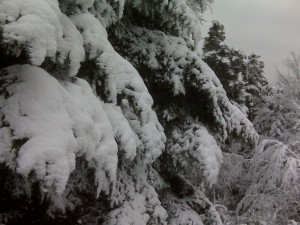
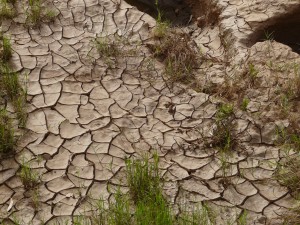
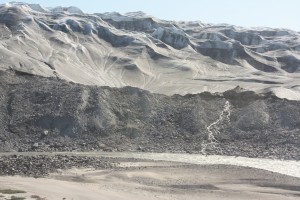
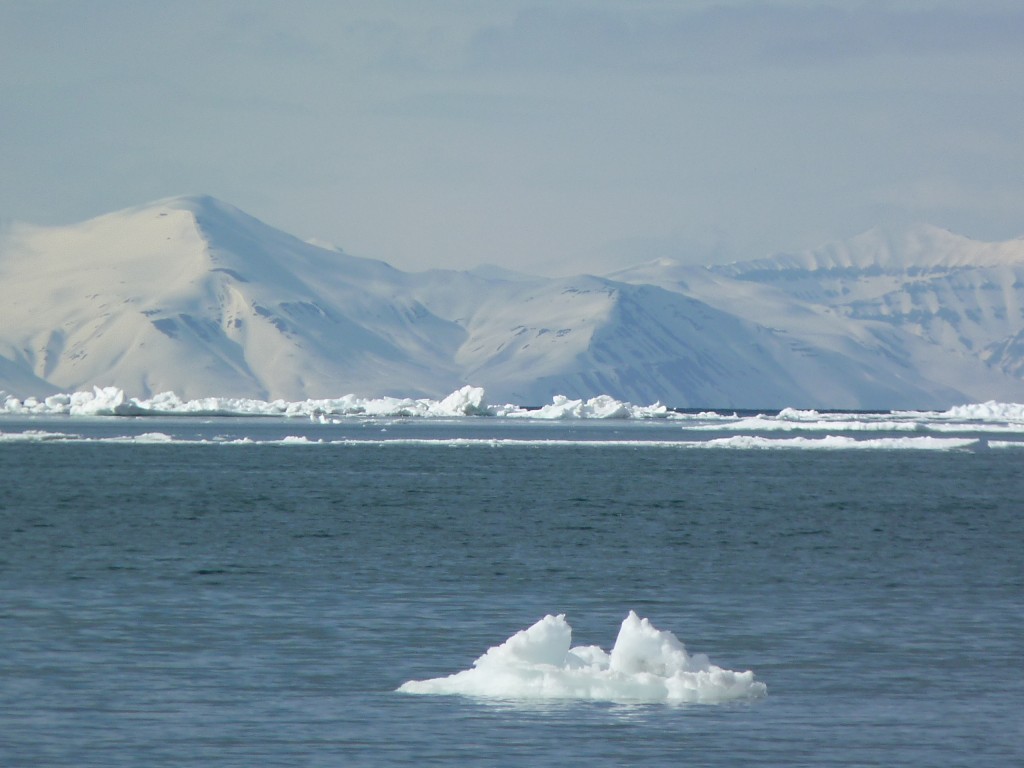
















Feedback